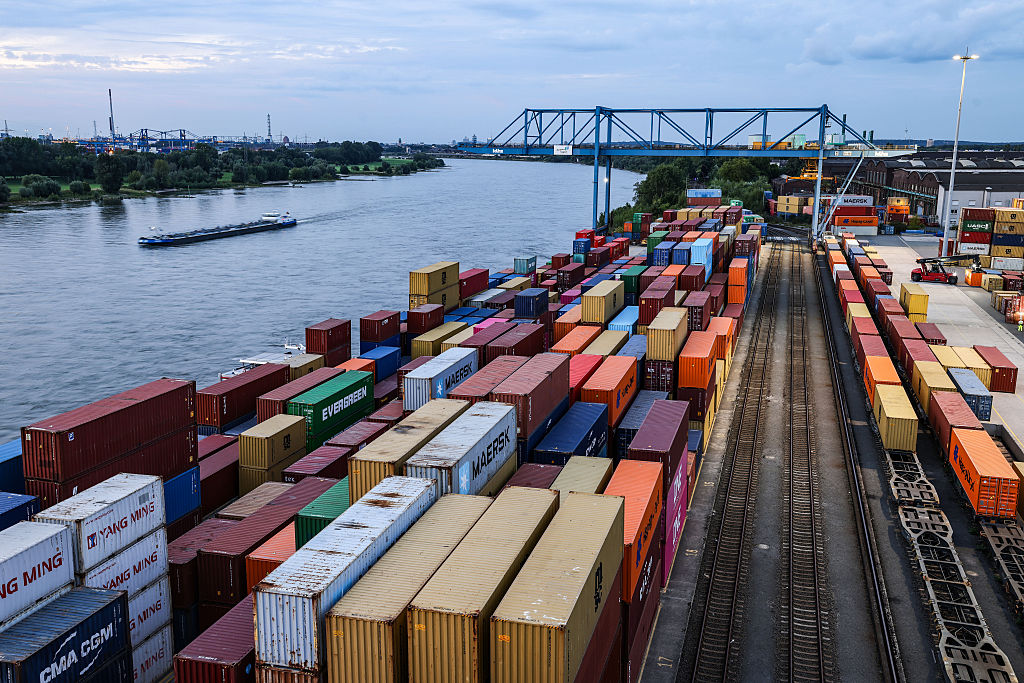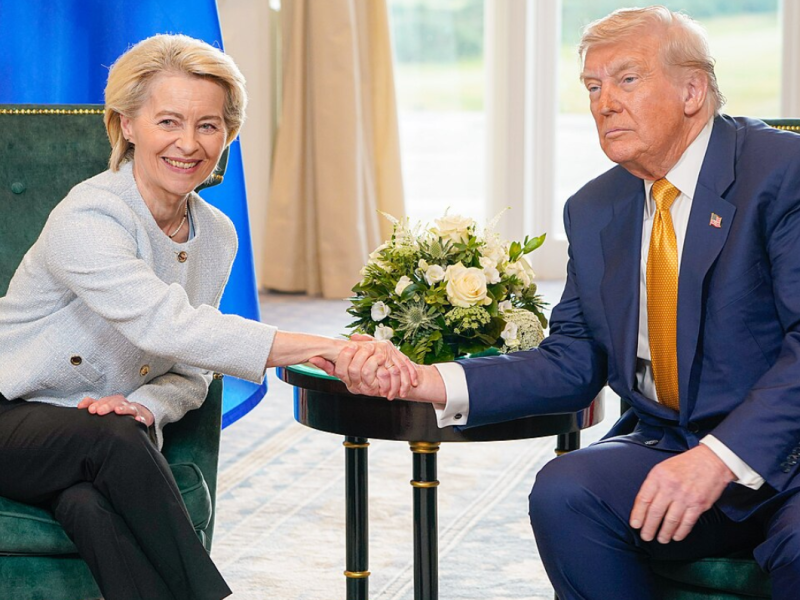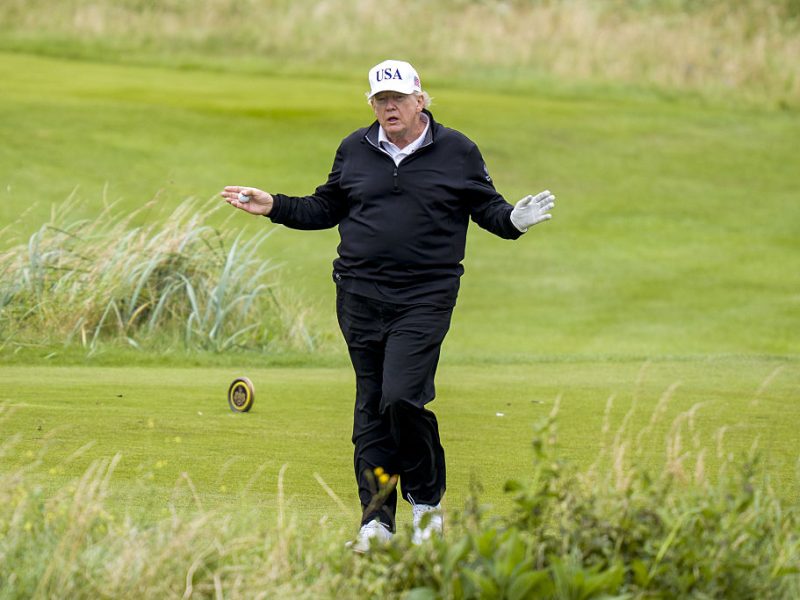U.S. President Donald Trump signed an executive order that would impose a fresh round of tariffs on dozens of America’s trading partners, intensifying a protectionist shift in trade policy that has unsettled global markets and strained diplomatic ties.
The order delayed a planned 15% tariff on European goods until 7 August, giving a brief reprieve as negotiators work to finalise the EU-US deal. The same timeline will apply to most other nations, with the notable exception of Canada, which will see a 35% levy on its exports to the US take effect on 1 August.
Goods shipped before 7 August and arriving before 5 October will also be exempt from the new duties, according to guidance from the Trump administration.
Brussels has called on Washington to start implementing the new EU-US trade deal, urging its largest trading partner to provide “immediate tariff relief” for Europe’s beleaguered exporters from 1 August. As Trump’s new tariff regime for the European Union clicks into gear, producers around Europe are feeling the impact.
Commission Chief Ursula von der Leyen has been working on a joint statement with President Trump that would outline the contours of the EU-US deal, though the political agreement in its current state is not legally binding.
In a statement accompanying the order, the Trump administration described the trade deficit as “an unusual and extraordinary threat to the national security and economy of the United States.”
Hefty tariffs on over 60 countries will take effect in six days, with the steepest penalties aimed at those the White House accuses of maintaining unbalanced trade relationships or failing to make concessions during negotiations.
The highest rates appear directed at Syria, Laos and Myanmar, whose goods will be subject to levies of around 40 to 41%.
(sma)


